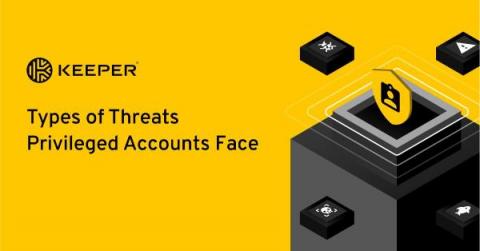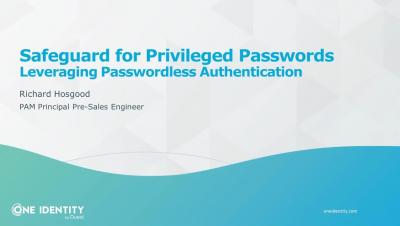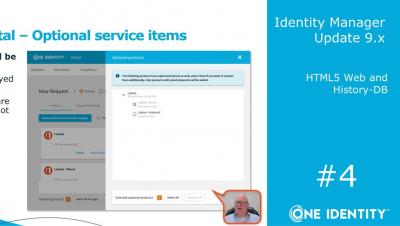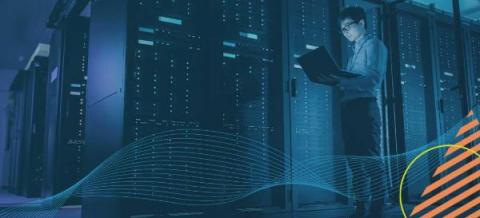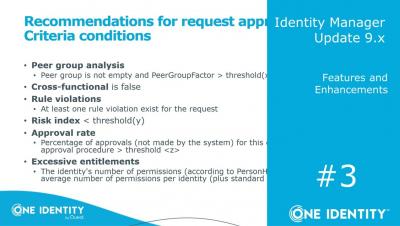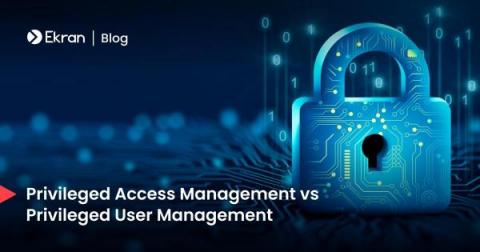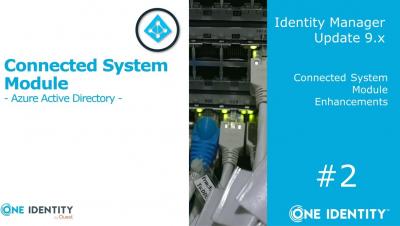Types of Threats Privileged Accounts Face
There are many cybersecurity threats privileged accounts face including phishing, insider threats, malware and brute force attacks. When privileged accounts aren’t managed or secured properly, all of an organization’s sensitive data is vulnerable to being successfully targeted by threat actors. Continue reading to learn how and why cybercriminals target privileged accounts and how organizations can keep their most critical accounts safe.


